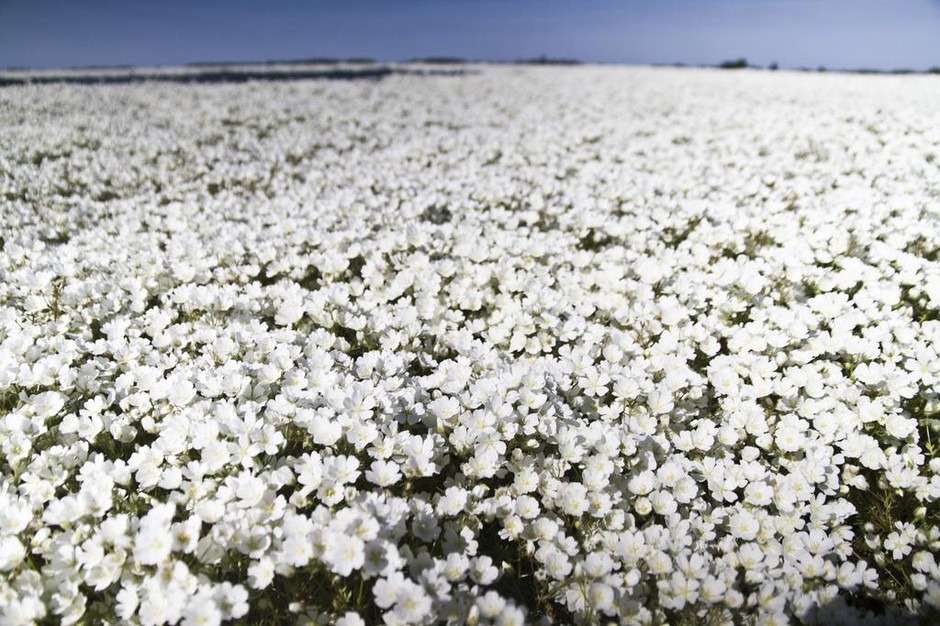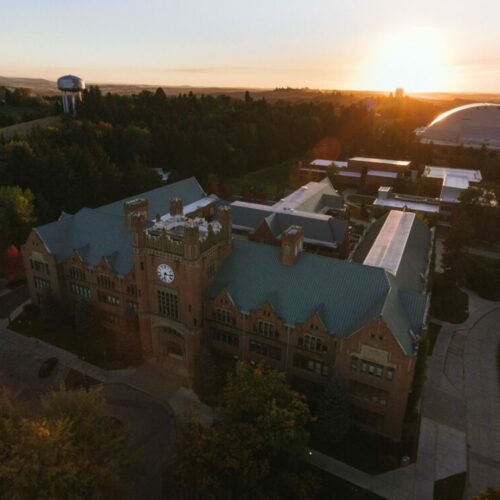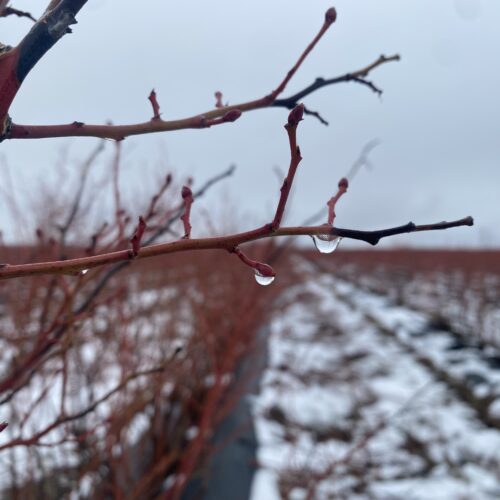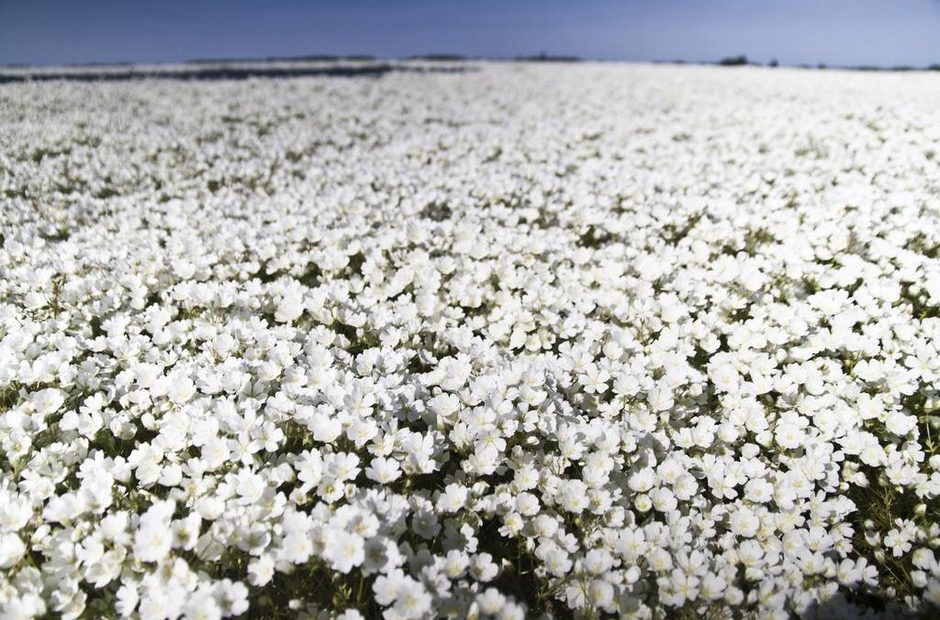
OSU Scientists Say They’ve Created A New Sunscreen Out Of Plant Waste
Whilst looking at the waste product of the meadowfoam plant, scientists at Oregon State University think they’ve found a potential new ingredient for sunscreen.
Meadowfoam is a native plant, cultivated in Oregon and Washington for oil, which is used in shampoos and cosmetics.
The problem is, the process creates a fair amount of plant waste, which can’t be eaten by animals because it’s toxic. Farmers spread it on fields instead, as a form of herbicide.
But they noticed that sometimes the herbicide didn’t work. So they took it to OSU.
Researchers found that the soil bacteria needed to break down the waste wasn’t always present, which meant the herbicide didn’t always work.
But Fred Stevens with the OSU College of Pharmacy said they also found that the breakdown process created compounds with anti-cancer and sunlight-protectant properties.
“These products they inhibit enzymes … which breaks down the collagen in the skin, your wrinkles and sagging skin,” Stevens said. “And the other thing is it shields the skin from harmful irradiation.”
The scientists setup a 3-D facsimile of human skin and hit it with ultraviolet B radiation — the more harmful type of sunlight. They found the meadowfoam derivatives reduced the UV damage.
“There’s a highly complex cascade of biochemical reactions that occur as stress responses in the skin attempt to counteract UV-induced damage,” said co-author Gitali Indra, OSU associate professor of pharmaceutical sciences.
“We need better ways to block UV exposure and also ways to lessen the damage by limiting detrimental physiological processes.”
Affiliate investigator Arup Indra, an associate professor of pharmaceutical sciences at OSU’s Linus Pauling Institute, said DNA damage is a precursor to skin cancer, “And these derivatives reduce that damage, which means improved skin health and reduced cancer risk.”
“The findings show a tremendous potential for utility in skin care products, besides just demonstrating the science on its own,” Indra said.
“Most cosmetics just sort of patch things up, cover up the damage, but this actually protects the skin,” Stevens said.
The team’s findings were published in the journal Frontiers in Pharmacology.
The team is now working with Natural Plant Products Inc. in Salem to make a natural sunscreen. It’s not known when a new product might reach the shelves.
Copyright 2018 Oregon Public Broadcasting
Related Stories:

Whitman County reports first flu-related death of the season
Hospitalman Yenifer Gutierrez, left, and Hospitalman Brashea Ojeda treat COVID patients in the ICU Aboard USNS Comfort in April of 2020. Influenza deaths surpassed COVID-19 deaths for this first time
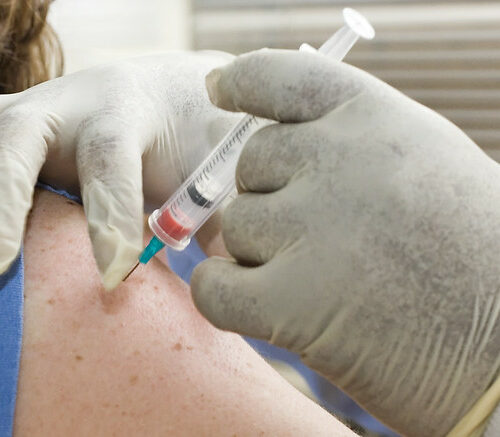
Washington state reports 7-year peak in influenza-related deaths
The Washington state Department of Health reported on March 20th that influenza activity reached its highest levels in seven years, with the most flu-related deaths since the 2017-2018 flu season.

Finley residents hire attorneys to investigate cold storage warehouse fire
Fire crews spray water on rubble at the Lineage Logistics fire in Finley, Wash. The fire started on April 21. (Credit: Benton County Fire District #1) Listen (Runtime 1:06) Read

